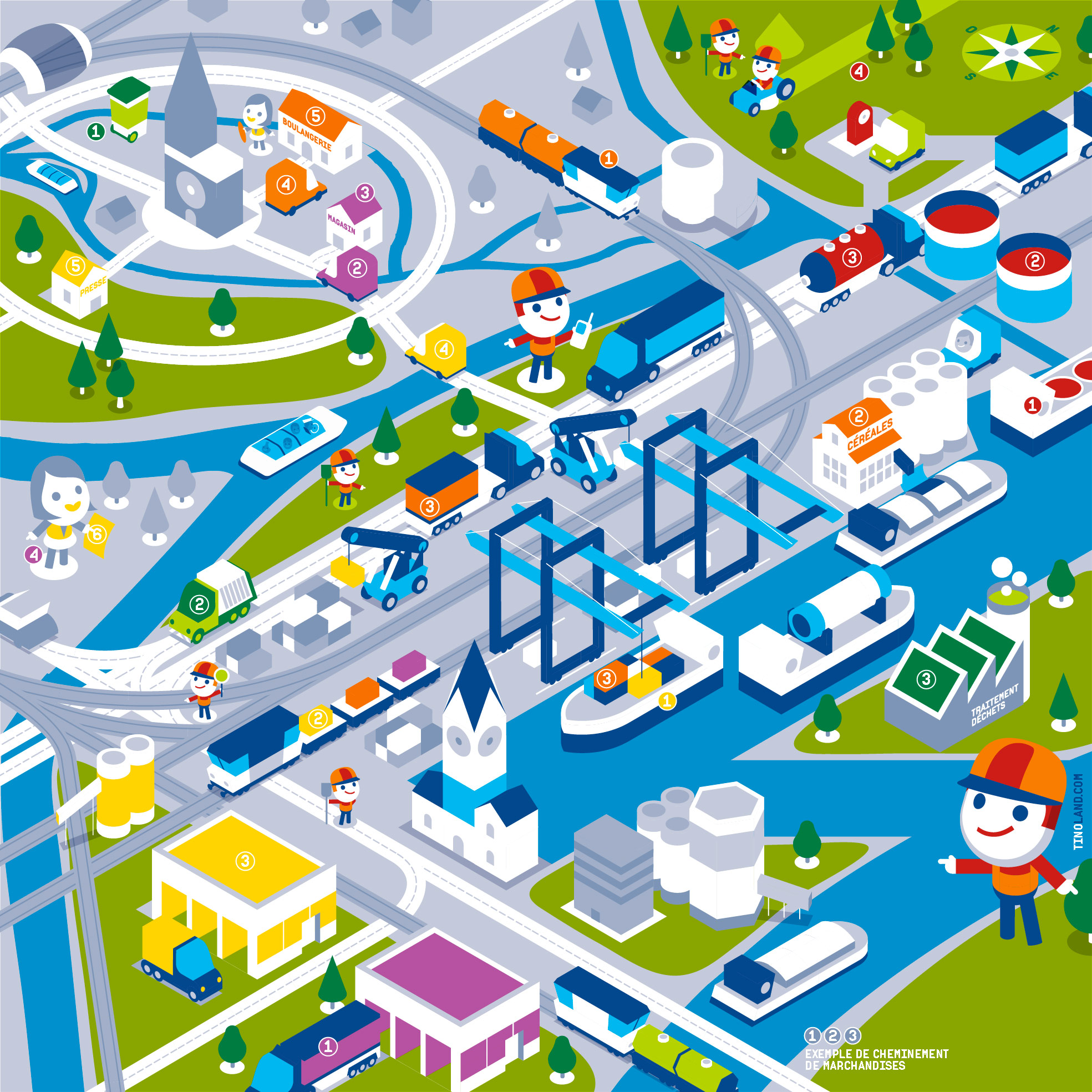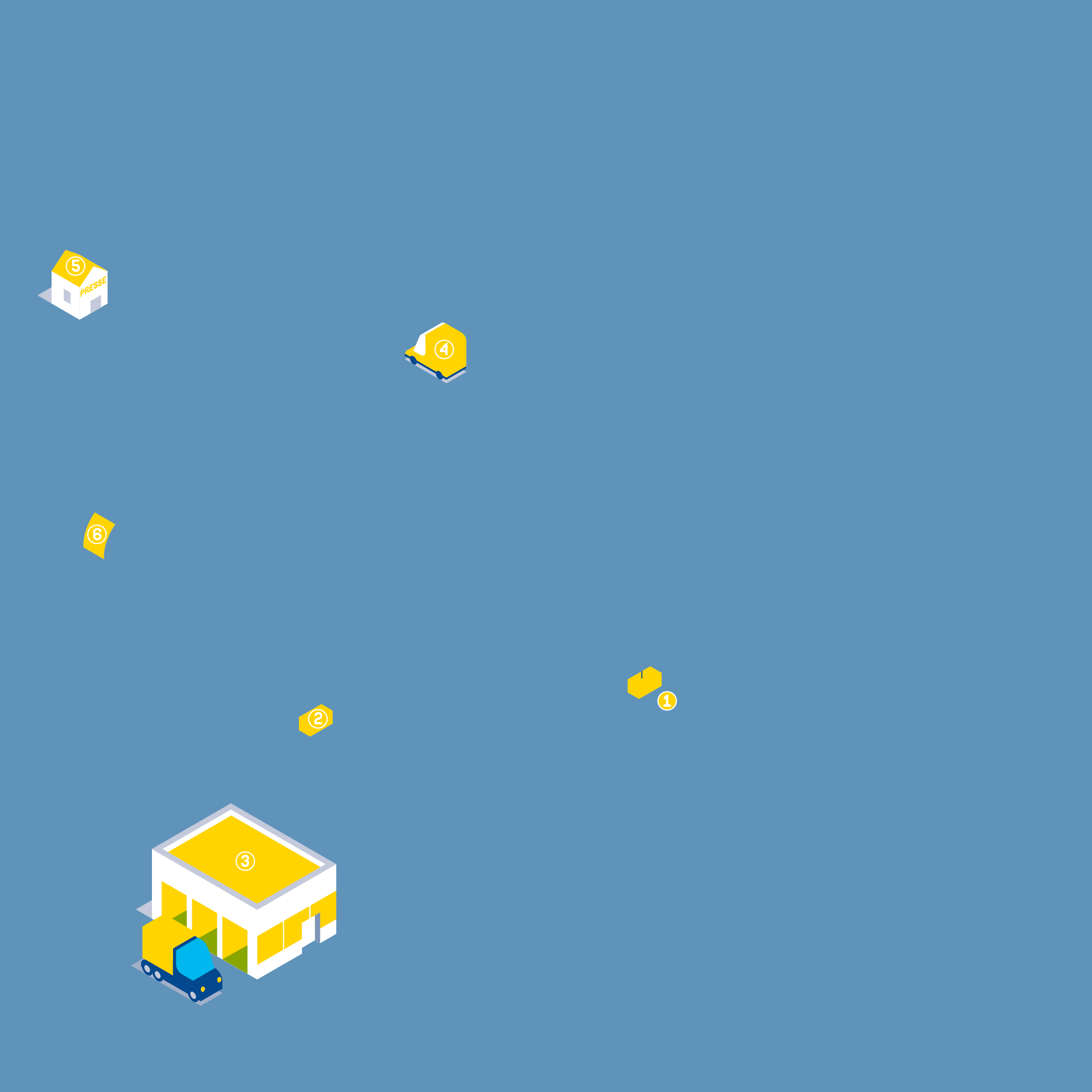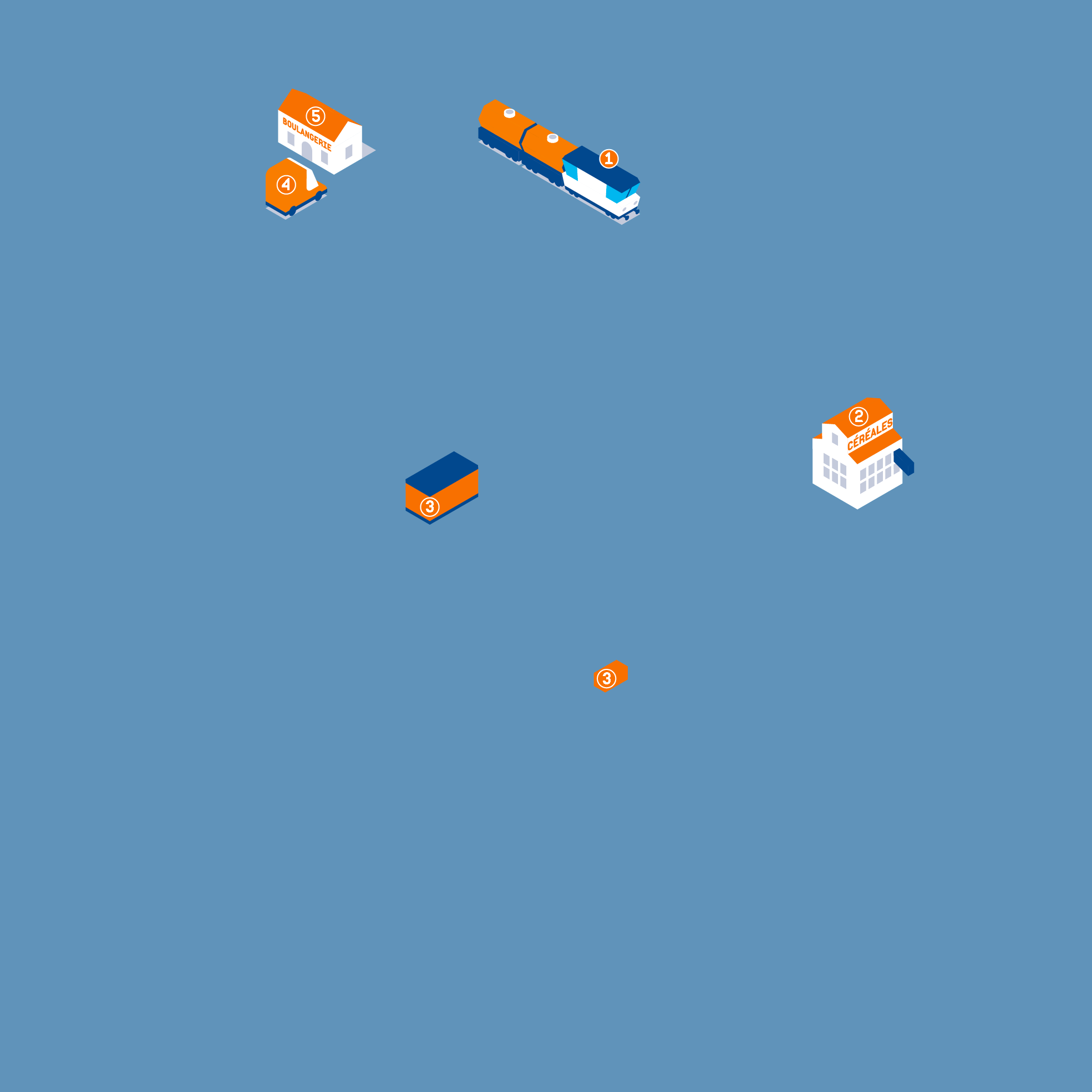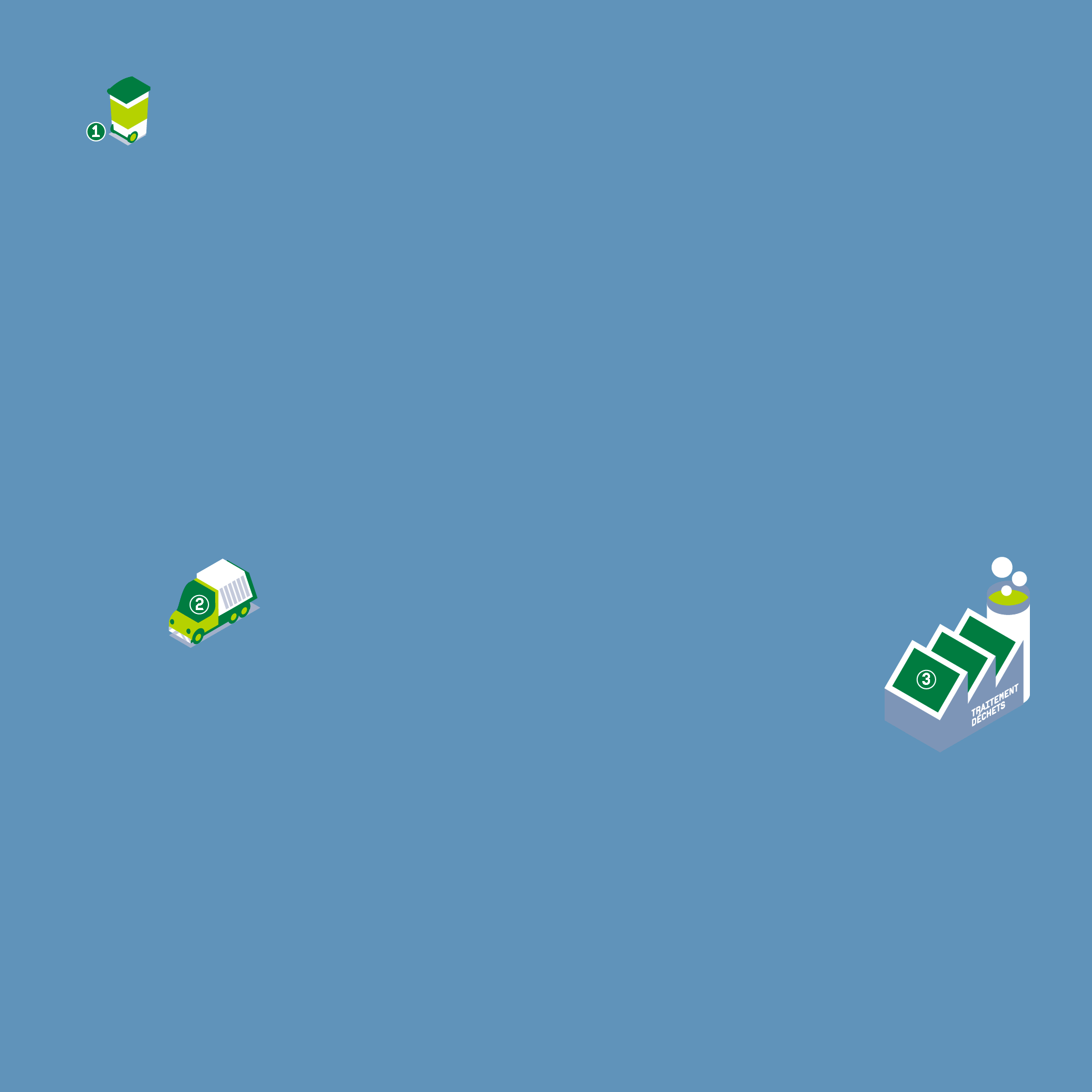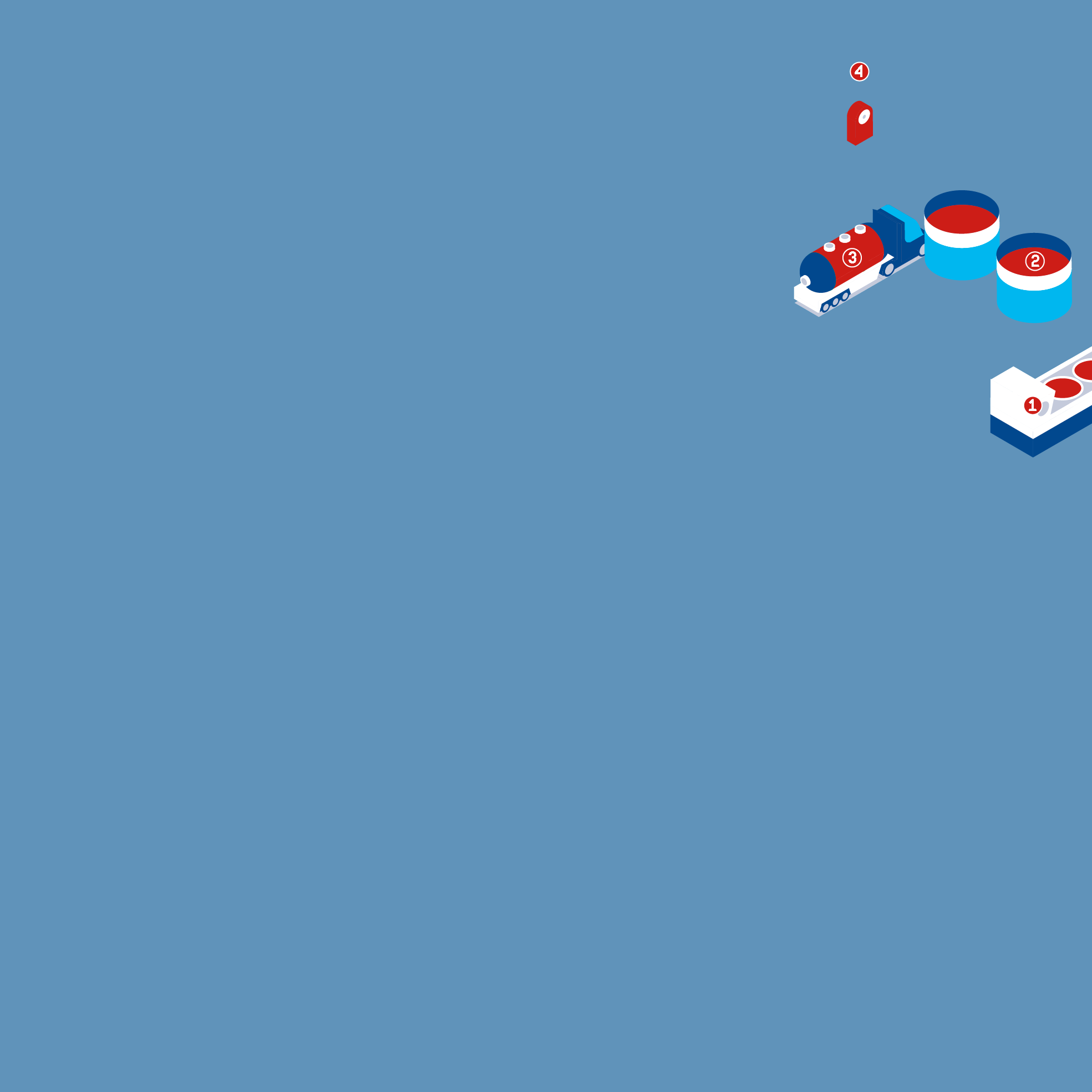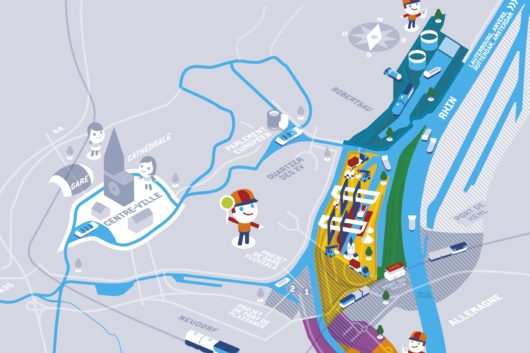Connected with the everyday lives of Strasbourg's residents
Factories, storage silos, warehouses, containers, barges, trains, lorries, boat trips – the busy activity of the PAS is in direct contact with the everyday lives of Strasbourg’s residents.
The PAS is first and foremost a gateway to the sea and the rest of the world. The platform dealing with this special stage in importing and exporting handles loading and unloading operations using the most up-to-date equipment available. The port has two container terminals, each equipped with gantries that look like great metallic wading birds and are used for handling various loads.
These loads may be containers or other heavy packages, but not all goods are containerised. Some – including gravel and cereals – arrive in bulk. Multimodality is the main feature of the port, served by three modes of transport: river, rail, and road. This configuration makes it easier to shift goods from one mode to another.






